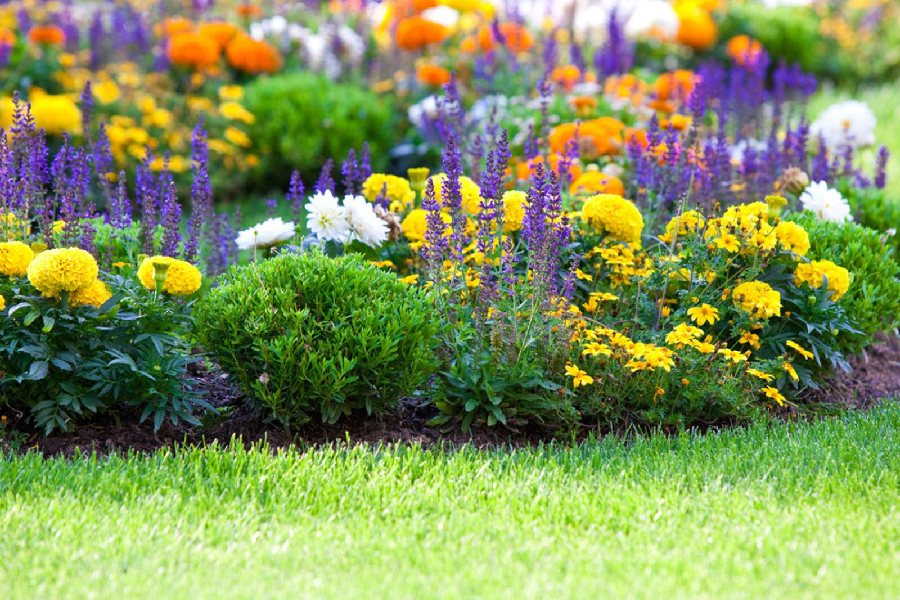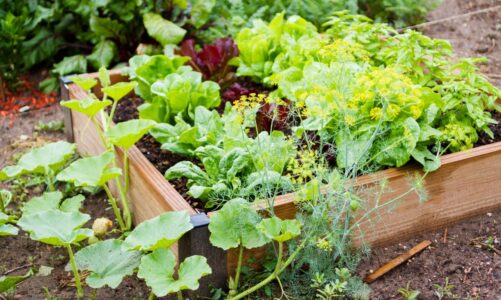Living on the coast is many people’s dreams. And part of that is having the perfect oceanside garden that matches your salty surroundings. But creating a garden on the coast is no easy task, with strong winds, loads of salt, and poor soils, it takes a bit of experience and work before you can start Instagramming. But don’t lose heart! Here are some basic steps to creating a perfect coastal garden.
Check your soil
Coastal soils are renowned for their high limestone content, which is excellent for draining purposes, but not so good for holding in water. As a result, the sandy soils rarely provide enough nutrients or organic matter to feed the pants. Before you start picking out plants or thinking about placement, check your soil quality. If it’s sandy and thin, you’ll want to enrich it with plenty of natural matter – compost, soil enrichers, and natural fertilisers. A healthy layer of mulch is also a good idea to improve water retaining capacities. If you don’t already have one, a compost bin is a great way of recycling your natural food-scraps and using them to further enrich your garden.
Protect against wind
Creating an effective windbreak is part and parcel of any successful coastal garden. Whether you’re using trees, hedges or walls, making sure your garden is at least partly sheltered will ensure plants get the best chance to flourish. But protecting against strong winds doesn’t all have to be about walls and windbreaks. Any successful coastal garden will include plants that thrive in windy conditions. Ground covers that cling to surfaces, sturdy trees that block the wind, and flexible grasses that don’t mind being battered about are the kinds of plants you’ll want to prioritise. If the wind always comes from one direction, consider what plants you want to bear the brunt of a storm, which will be most vulnerable and how they could be better protected.
Make irrigation your priority
Providing plants with a consistent and appropriate amount of water is critical to ensuring their success on the coastal plains. While the soils around coastal areas are naturally excellent at draining off, if you’ve got plants that do require more moisture, consider how best to allocate water throughout your garden. If your garden is mainly coastal and Mediterranean, too much water can also be harmful to plants that rely on consistently dry climates.
Ward off salt wherever possible
Salt is the secret enemy of all coastal gardens. It’s literally everywhere. Those living on the beach will know this from having to clean their windows almost every few days. The crusty menace is also detrimental to soil and growing conditions. Prioritising salt-resistant plants is the most effective way of overcoming this issue. Keeping your garden soil rich through composting will also help soak up the salt instead of the plants.
Sunlight – where and what is too much?
All gardens need sunlight – it makes them grow. But coastal living can also mean you’re exposed to an abnormal amount – what with lower buildings, fewer trees, and for those lucky enough to be living right on the beach – long uninterrupted hours of sunlight in the afternoons. Providing shelter or partial shade, at least for a part of the day is crucial for maintaining moisture in the soil. Too much sun will not only dry out the soil, but it’ll also increase evaporation leaving the plants with little to no moisture.
Get started on your unique coastal garden
Having taken things like sun, wind, and salt into consideration, getting the right plants for your coastal garden is up to you! While there are many challenges to coastal gardening, don’t forget – it’s a bunch of fun too. Garden Design Perth can help you get all the basics right – and not compromise when it comes to aesthetics.




